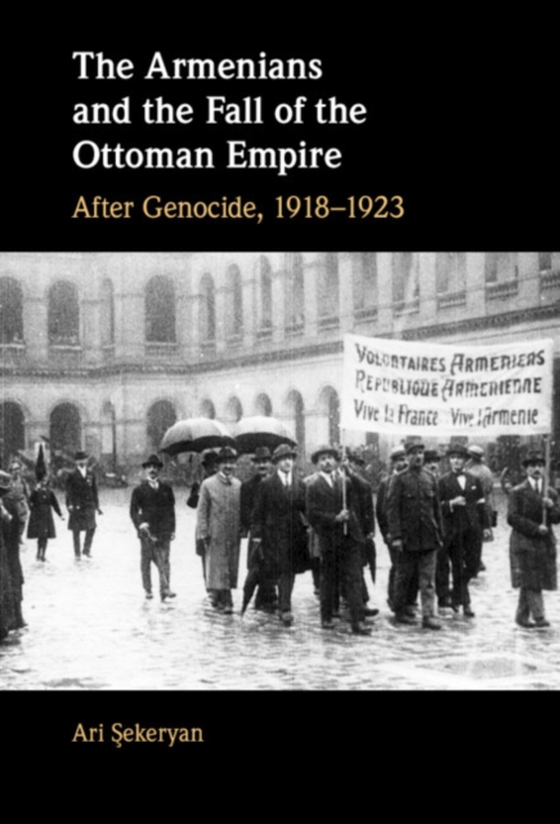
Armenians and the Fall of the Ottoman Empire e-bog
692,63 DKK
(inkl. moms 865,79 DKK)
The Armistice of Mudros was signed on 30 October 1918 and on the morning of 13 November 1918, a mighty fleet of battleships from Britain, France, Italy and Greece sailed to Istanbul, and dropped anchor without encountering resistance. This day marked the beginning of the end of the Ottoman Empire, a dissolution that would bring great suffering and chaos, but also new opportunities for all Ottom...
E-bog
692,63 DKK
Forlag
Cambridge University Press
Udgivet
31 december 2022
Genrer
1QBCS
Sprog
English
Format
epub
Beskyttelse
LCP
ISBN
9781108918244
The Armistice of Mudros was signed on 30 October 1918 and on the morning of 13 November 1918, a mighty fleet of battleships from Britain, France, Italy and Greece sailed to Istanbul, and dropped anchor without encountering resistance. This day marked the beginning of the end of the Ottoman Empire, a dissolution that would bring great suffering and chaos, but also new opportunities for all Ottomans, Muslim and non-Muslim alike. Drawing upon a previously untouched collection of Armenian and Ottoman Turkish primary sources, Ari Sekeryan considers these understudied post-war years. Examining the Armenian community as they emerged from the aftermath of war and genocide, Sekeryan outlines their shifting political position and the strategies they used to survive this turbulent period. By focusing on the Ottoman Armistice (1918-1923), Sekeryan illuminates an oft-neglected period in history, and develops a new case study for understanding the political reactions of ethnic groups to the fall of empires and nation-states.
 Dansk
Dansk

